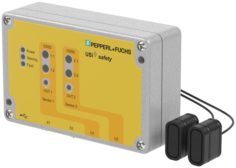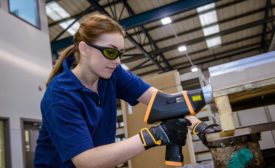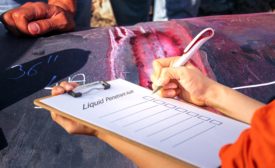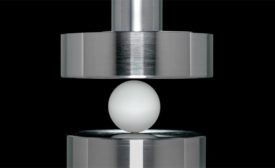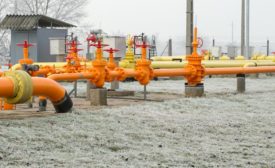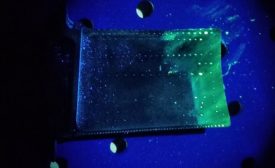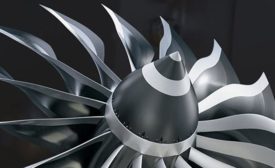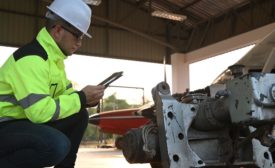NDT
NDT | Material Analysis
Why Complementary Material Analyzers are Essential to Leveraging the Benefits of Quality 4.0
When a manufacturing process is completely automated, it is essential to have the right analyzer for each stage of the process.
August 15, 2021
NDT | Back 2 Basics
Liquid Penetrant Audit Preparation
Providing the inspectors with good equipment in the first place can prevent future audit problems.
August 15, 2021
NDT | Compression Testing
Squeezing the Most Out of Compression Testing
The data derived from compression testers can be helpful throughout the life cycle of a product.
August 15, 2021
NDT | Trends
Monitoring Assets with Restricted Access Phased Array
Corrosion is complex, and mitigating and managing it is not a linear process.
August 15, 2021
Aerospace | NDT in Aerospace
NDT in Aerospace: Advancements in NDT Methods
As the Industry will Continue to Grow, so will Advancements in NDT Methods.
July 15, 2021
Aerospace | Back 2 Basics
Leak Test 101: The Basics Rule, No Matter How Much Technology Evolves
These best practices are relevant whether the right leak test for your application is pressure/vacuum decay, mass flow, or tracer gas.
July 15, 2021
Aerospace | NDT in Aerospace
Ensuring Aerospace Component Quality with CT-Data Analysis and Visualization Software
For as long as There Has Been Commercial and MilitaryFlight, Aircraft Compoenent Suppliers Have Been Charged With Providing Dimensional and Process Control-Related Data.
July 8, 2021
Aerospace | NDT AS9102
How to Simplify Your AS9102 First Article Inspection Process
What is First Article Inspection?
July 8, 2021
Aerospace | NDT Additive
Essential Considerations for Cost Effective Additive Inspection
Understanding How to Leverage Inspection Technologies Will Aid Cost Reduction and Throughput of Components
July 6, 2021
Stay in the know with Quality’s comprehensive coverage of
the manufacturing and metrology industries.
eNewsletter | Website | eMagazine
JOIN TODAY!Copyright ©2024. All Rights Reserved BNP Media.
Design, CMS, Hosting & Web Development :: ePublishing
